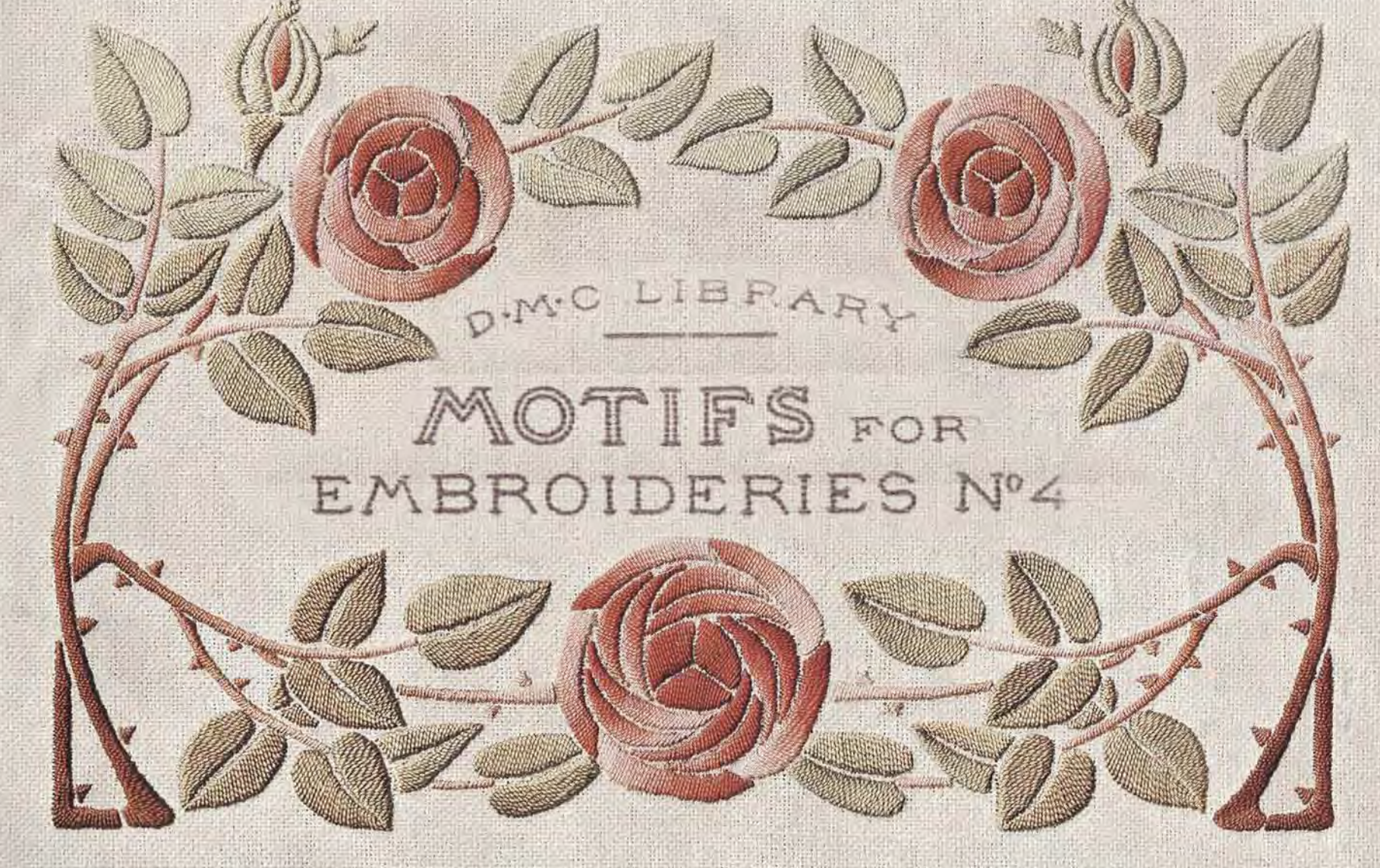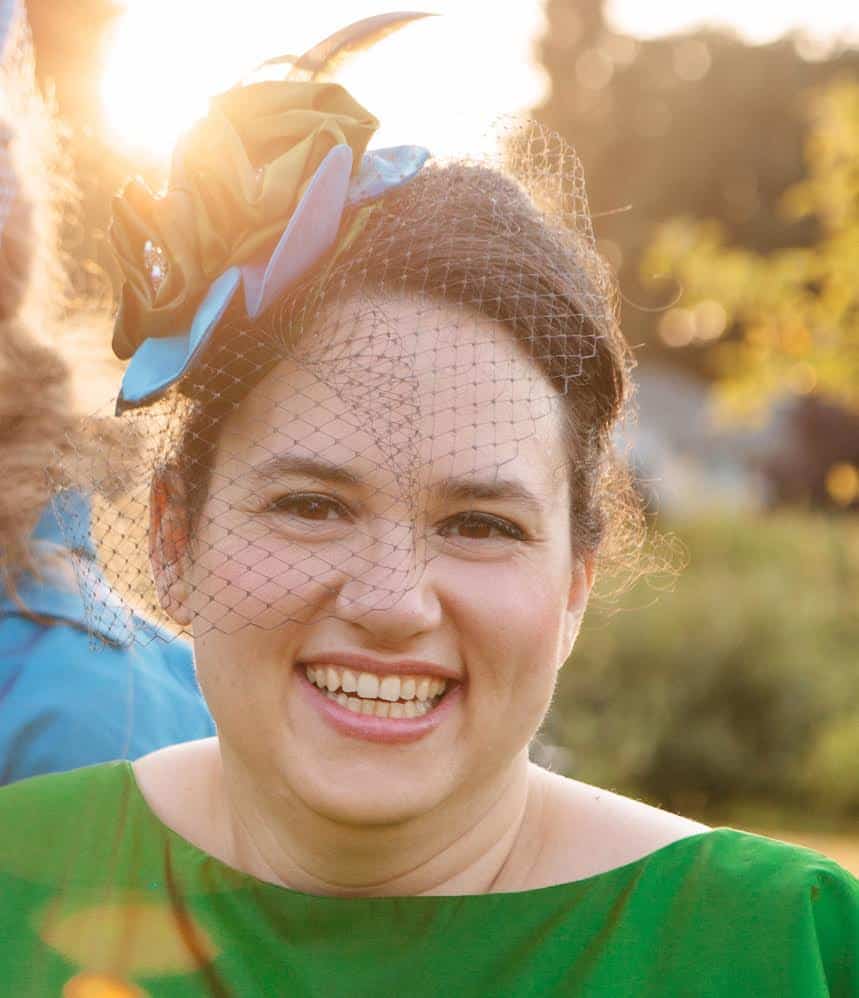Musings on Regency Waistcoats
Do you have one of those friends who will come over and ask the exact question you’ve been trying not to think about because it will slow down your project? Well, I do, and his name is Christopher.
It’s always that question I know I should do something about, but it’s difficult or tricky or will make the project three times as long, so I tell myself it’s OK to skip that part. And it is, if you can be content with that. Unfortunately, it usually niggles at the back of my brain, looking for any excuse to come forward. That’s about the time Chris comes over and says, “so what’s your plan for that bit?”
Like yesterday, when he came over and asked about the linen waistcoat I’m working on. The images of the original waistcoat at the Met are pretty blurry, and I’ve been wondering what made up the pale blue or silver and brown or black outline around the edges and pocket welt. Was it embroidery or trim? You just can’t zoom in far enough to tell.
“You should figure that out,” the small voice whispers. “Shh!” It’s not that big a detail,” says the loud voice, “and anyway, it would be complicated. Let’s just move on.” And so we move on.
“What’s that outline? It adds some nice dimension to the pocket welt. And what about the buttonholes on both sides?” asks Chris, and I try not to stab him. The big voice hisses, “why did you have to ask?!” “Thank you,” says the little voice smugly.
At that point, I try to compromise. Let’s go see what Pinterest has to say about other waistcoats like this one. Maybe I still have a way out of this pickle.
I’ve suspected that the blue or silver bit was a slanted satin stitch like I’ve seen on earlier coats and waistcoats. This waistcoat from LACMA has similar stitching around the edges of the pocket flaps, collar, center front, and bottom.
I found the same stitching on this waistcoat at the Cooper Hewitt. And this one. They also have another one with both the angled satin stitches and a thinner outline in black, just like the example at the Met. This one from the National Gallery of Victoria is tambour work, but still has a two-tone outline around everything.
(Psst – the Cooper Hewitt has so many waistcoats, including many I’ve never seen before. If you’re a waistcoat junkie like I am, go check them out.)

While there was some variation regarding one color or two, both in satin stitch or one satin stitch and one more of an outline or stem stitch, pretty much every single example I looked at had an outline. Hrmph. OK, fine. I used this a slanted double border on the 18th c. button, so at least I know how to reproduce it.
But what about those buttonholes – why are they on both sides? And are the functional buttonholes still bound in some way? It looks like it depends on who made up the waistcoat.
The rectangles are most likely done by the embroiderer, because you see them on uncut waistcoats like this one at the V&A, and this one from the Royal Museums Greenwich. They are also shown on some embroidery patterns from the period. From what I can tell, the thread usually matches the outline around the rest of the waistcoat, which also makes sense if it’s part of the embroidery process rather than the tailoring.
This waistcoat at the Cooper Hewitt shows true buttonholes stitched inside the embroidery, and longer than the actual embroidery. However, the image of the waistcoat from LACMA just shows some simple whip stitching to hold them open.
So what does this all mean? Well, for starters, I think it means I need to digitize some outlines and buttonholes to go with this design. I’ve avoided it because it adds a layer of complexity both for me (figuring out how to make it work with any size of pattern being used) and for the end user (matching designs and sewing around those outlines can be tricky if you haven’t done it much.)
The buttonholes are quick and easy. The pocket welt is also fairly quick and easy, though it will probably mean a slight adjustment when sewing, depending on the size of the welt your pattern provided vs. the size from the embroidery design.
The complicated parts are the body and collar. The collar is fairly simple if I just provide the top front edge of a straight collar, which is all they did in the period. However, it may still mean tweaking your pattern a bit if the angles are slightly different.
Most of the body is also simple. I can easily provide a square corner and some straight pieces to stitch the green part of the outline below. If it runs off the edges and into the seam, it wouldn’t be very noticeable, which means it could accommodate lengthening and shortening of the pattern.
The tricky bit comes with the bit in red. That angle between the tip of the lapel and the collar is also outlined in most examples. However, that part of the pattern can vary greatly in shape, which makes it tricky to give a one-size-fits-all solution to. What works on one waistcoat pattern might not work on another. This is the piece that made me pause in the first place.
One answer is simply to draft my own waistcoat pattern and include it. That’s something I have in mind for down the road, but that’s an even bigger jump for me right now. It’s more likely that I will make sure this works with one recommended pattern, like I did for the 1910s camisole, and trust that the end user is willing to do some pattern adjustments if they select a different pattern.
For now, I’m going to play with the stitching and see if I can find a solution that looks decent when pieced together at differing angles. You could also just skip that section, which may or may not be noticeable when it’s finished. Of course, with the finished design, you could choose to skip the outline all together, if you didn’t want to fuss with it.
Why even do this? Well, I want to produce more waistcoats down the road, and if extant examples all have an outline, it seems like I may as well begin as I plan to go on. If I figure it out now, the outline will be ready for the next design and I’ll just be trading out the roses for something else. I want my designs to be as period as possible, and this is obviously true to the period. The outline also one of my favorite parts of my first waistcoat, and I’d love to do it on all of them, if I can just figure out how to make it work without drafting my own waistcoat pattern.
I have some time, since I’m currently stitching the last few flowers on the right front before I move on to the left front. I still have plenty of time to add an outline before I cut and assemble the waistcoat.
What are your thoughts? Does an outline add to the authenticity of a project, or does it seem like too much fuss?


 Previous Post
Previous Post
